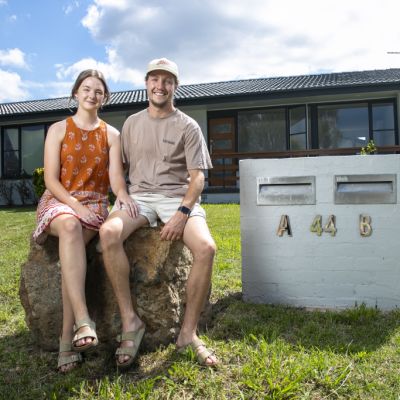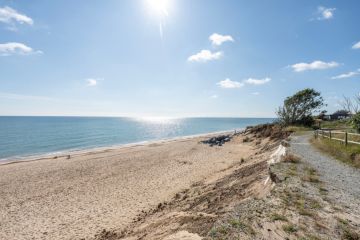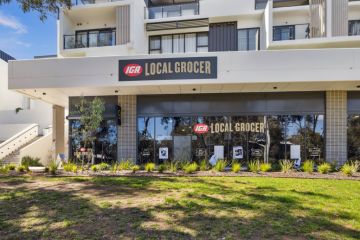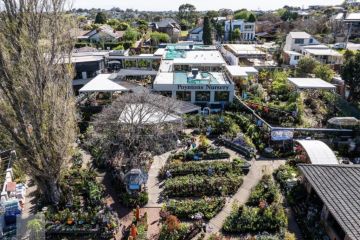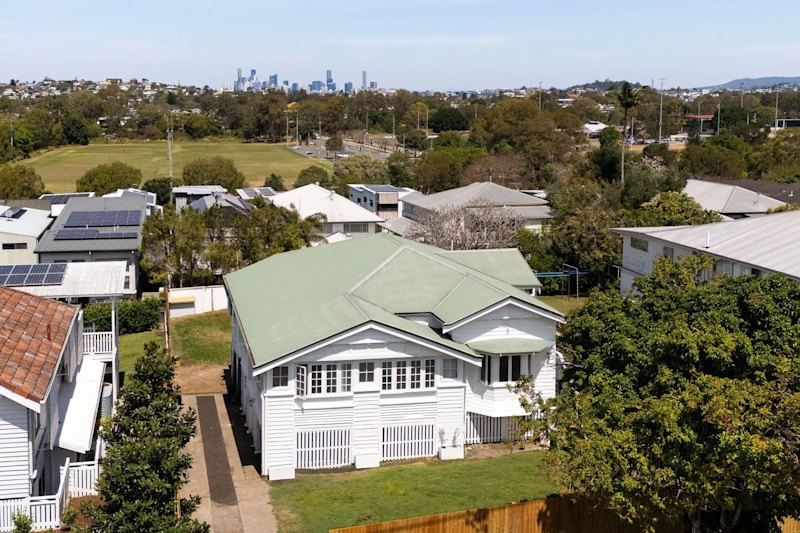Why 2022 is the perfect time for you to get into property investing
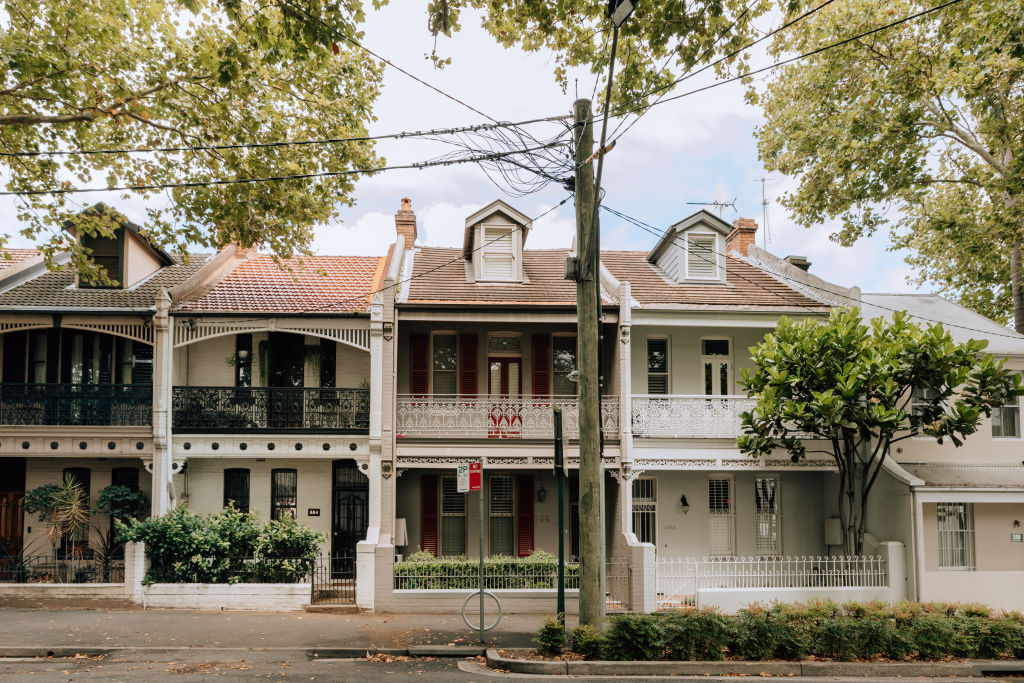
Residential property investors should take heart from the predicted bounce-back in the economy over 2022 – but with a few caveats.
While the uplift in the expected economic growth rate from 1.5 per cent in 2020/21 to 3.75 per cent in 2021/22 could prove a major boost, a sooner-than-forecast rise in interest rates and delays in re-opening international borders could inhibit returns.
The federal government’s Mid-Year Economic and Fiscal Outlook, released in December, provided a rosier picture, with a drop in unemployment to 4.5 per cent and 4.25 per cent in 2022/23, and wage growth of 2.25 per cent and 2.75 per cent.
“The economy and the Australian property market are always significantly intertwined and as the economy – and wage and profit conditions – improve, then people have a lot more confidence about investing in property,” says Hayden Groves, the national president of the Real Estate Institute of Australia.
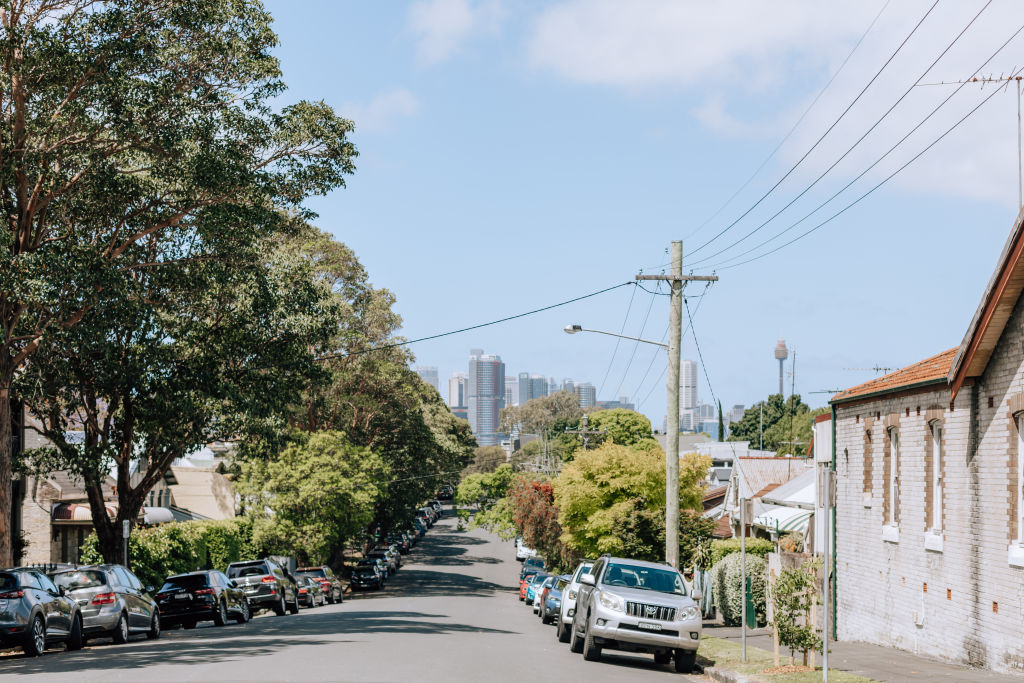
“Their family balance sheets are looking healthier, they see the value of their own homes increase, they’re ready to move to homes that better suit their aspirational lifestyle, and they’re happy to put more money into property.”
As borders open, Groves also believes rents will rise because of more demand for rental properties, with vacancy rates already low in many places around the country.
That, in time, will also feed into properties’ capital growth.
“We won’t see that at the record levels we saw in 2021, but we do anticipate continued steadier price growth,” he says.
One limiting factor, however, may well be an earlier lift in interest rates, says Jeremy Thorpe, the chief economist of financial services firm PwC Australia.
Most onlookers are convinced it will happen much sooner than the Reserve Bank’s original insistence on 2024.
“We believe it’s going to happen much faster – this year, or late 2023 – but they could be the biggest challenge to come out in the current environment for those investing in property,” Thorpe says.
“The other factor is that we were optimistic with the borders about to free up and having more international visitors and overseas students to contribute to the labour market and economy, but this looks like being delayed by Omicron.”
Generally, however, prospects do look promising for the year.

The pandemic has increased savings, which means many more buyers have been able to put more money down as a deposit to reduce the size of their home loans.
At mortgage and home loan brokers Eventus Financial, chief executive Alex Veljancevski says even if interest rates do rise sooner rather than later, they will still remain at historically low levels, and there are plenty of towns where prices are still low and yields strong.
His latest research has found the top place in Australia for returns is Safety Beach in Coffs Harbour on NSW’s north coast with a 4.1 yield and a $765,000 median price, and in second place is Tyabb on Victoria’s Mornington Peninsula with 3.6 per cent yield and a median of $715,000.
“We’re still talking about low interest rates and lots of areas that offer investors opportunity,” he says.
“And for those investors who’ve already bought, they’re seeing so much growth in the price of their properties that many are using the equity created to invest further.”
We recommend
We thought you might like
States
Capital Cities
Capital Cities - Rentals
Popular Areas
Allhomes
More


